First world countries
During the Cold War, the labels “First World,” “Second World,” and “Third World” were first used to group countries according to their political ideologies and degrees of economic growth. These phrases are nevertheless occasionally used to talk about social and economic indices, despite the fact that they are a little out of date and may even be politically inappropriate. We’ll examine these divisions in this section along with lists of nations that have historically fallen within each group.
1. Developed Nations
Initially, during the Cold War, First World nations were those that supported the United States and its allies. Their advanced economy, excellent living standards, and democratic political systems are what usually define them. These days, the terms “developed” or “high-income” are frequently used to describe these nations.
List of First World Countries:
United States
Canada
Western European nations (e.g., United Kingdom, Germany, France, Italy, Spain, Sweden)
Japan
Australia
New Zealand
South Korea
Singapore
Israel
2. Developing Nations
During the Cold War, countries allied with the Soviet Union were referred to as second world countries. These were usually centrally planned economies in socialist or communist states. Many of these nations are now regarded as developing or middle-income nations since they have made the switch to market economies.
List of Cold War-era Second World Countries:
Russia and the other former Soviet republics currently make up the Soviet Union
Countries in Eastern Europe, such as Poland, Hungary, the Czech Republic, Slovakia, Bulgaria, and Romania
China
Vietnam
Korea North
Cuba
3. Developing Nations
During the Cold War, Third World nations were those that stood in opposition to both the US and the USSR. These nations featured diverse political structures and were frequently less economically developed. Currently, “Third World” refers to is often replaced with “developing countries” or “low-income countries.”
List of Third World Countries (Cold War Era):
List of Cold War-Era Third World Countries:
Much of Africa, including Ethiopia, Kenya, and Nigeria
Most of Asia, including Bangladesh, Pakistan, and India
A large portion of Latin America, including Argentina, Brazil, and Mexico
Numerous Middle Eastern nations, including Yemen, Afghanistan, and Iraq
is india a third world country
India’s expanding economy and non-alignment with the US or the USSR during the Cold War led to its historical classification as a Third World nation. But India’s standing has changed dramatically. It is presently regarded as an emerging market and one of the major economies with the quickest rate of growth in the world. Even if poverty and inadequate infrastructure remain major growth obstacles, India can no longer legitimately be classified as a Third World nation. Rather, it is frequently referred to as a developing or emerging economy.
Current Phraseology and Viewpoints
The distinctions between First, Second, and Third World countries are no longer widely used and have been replaced with more complex terminology:
Developed countries are those that have developed economies, excellent living standards, and a solid infrastructure base.
Developing countries are those that are experiencing economic growth and rising living standards, but they still have a long way to go in terms of development.
Developing nations that are rapidly industrializing and growing economically are referred to as emerging markets.
The countries with the lowest socioeconomic development indicators are known as least developed countries, or LDCs.
In summary
The classifications First World, Second World, and Third World originated during the Cold War and have undergone substantial changes since then. Modern classifications give a more realistic and courteous method to represent the economic and social realities of countries, even though they still provide historical background. Recognizing these divisions helps us better appreciate the complexities and diversities of global development.
